6 volt golf cart battery – In the realm of electric golf carts, the 6-volt golf cart battery reigns supreme, offering a reliable source of energy to keep your ride going strong. Dive into this comprehensive guide as we explore the intricacies of these batteries, their maintenance, troubleshooting, and safe handling practices.
Battery Maintenance: 6 Volt Golf Cart Battery
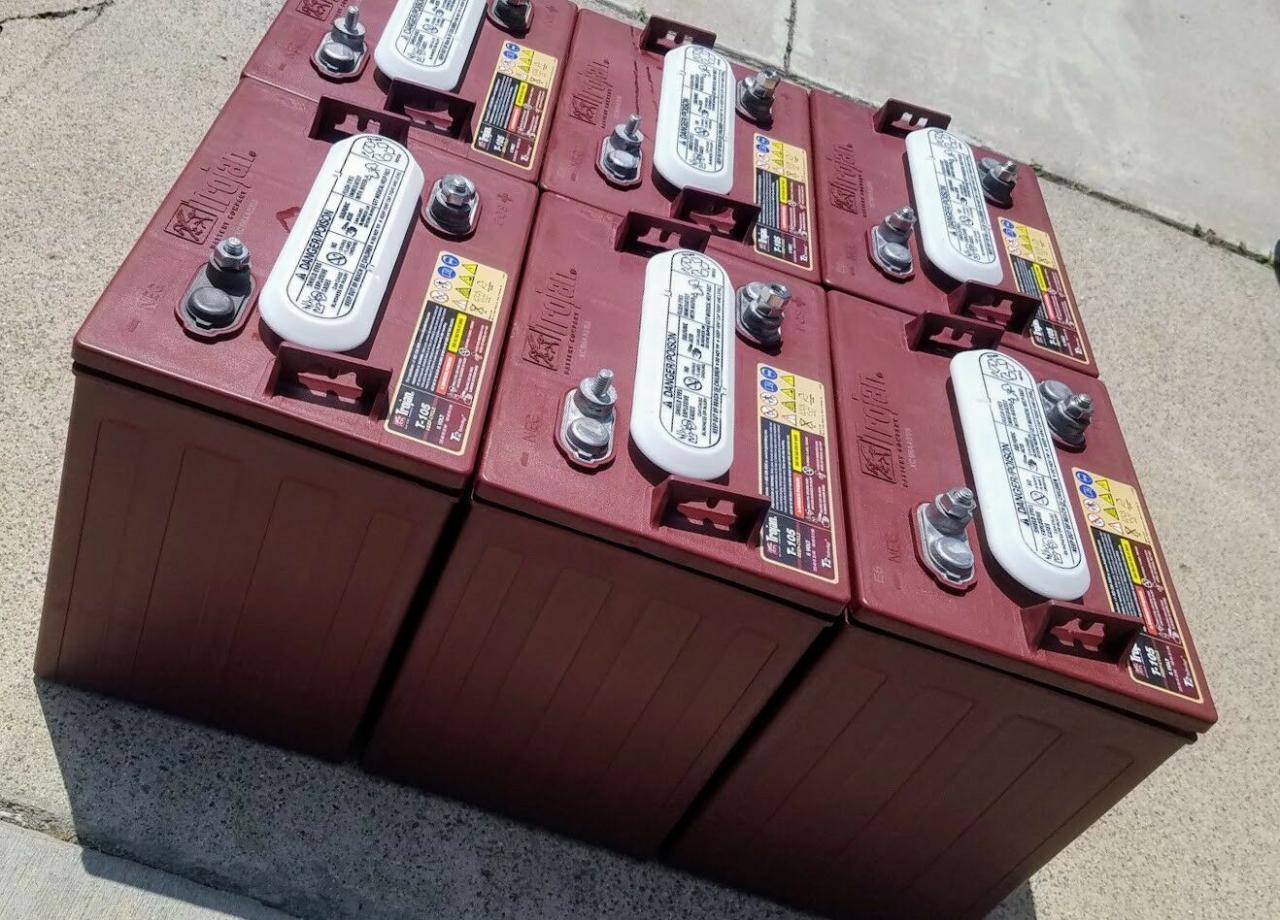
Proper battery maintenance is crucial for ensuring the longevity and performance of 6-volt golf cart batteries. Here are some essential maintenance tips:
Charging Procedures
Charge batteries regularly, even if they are not fully discharged. Avoid deep discharging, as it can significantly shorten battery life. Use a compatible charger specifically designed for 6-volt golf cart batteries. Follow the manufacturer’s instructions for charging times and voltage settings.
Battery Terminals and Connections
Clean battery terminals and connections regularly to prevent corrosion and ensure good electrical contact. Use a wire brush or terminal cleaner to remove any dirt or debris. Tighten connections securely to minimize resistance and voltage loss.
Extending Lifespan
To extend the lifespan of 6-volt golf cart batteries:
– Avoid extreme temperatures. Batteries should be stored in a cool, dry place.
– Equalize batteries periodically using an equalizer charger to balance cell voltages.
– Check water levels regularly and add distilled water as needed to keep batteries hydrated.
Battery Troubleshooting
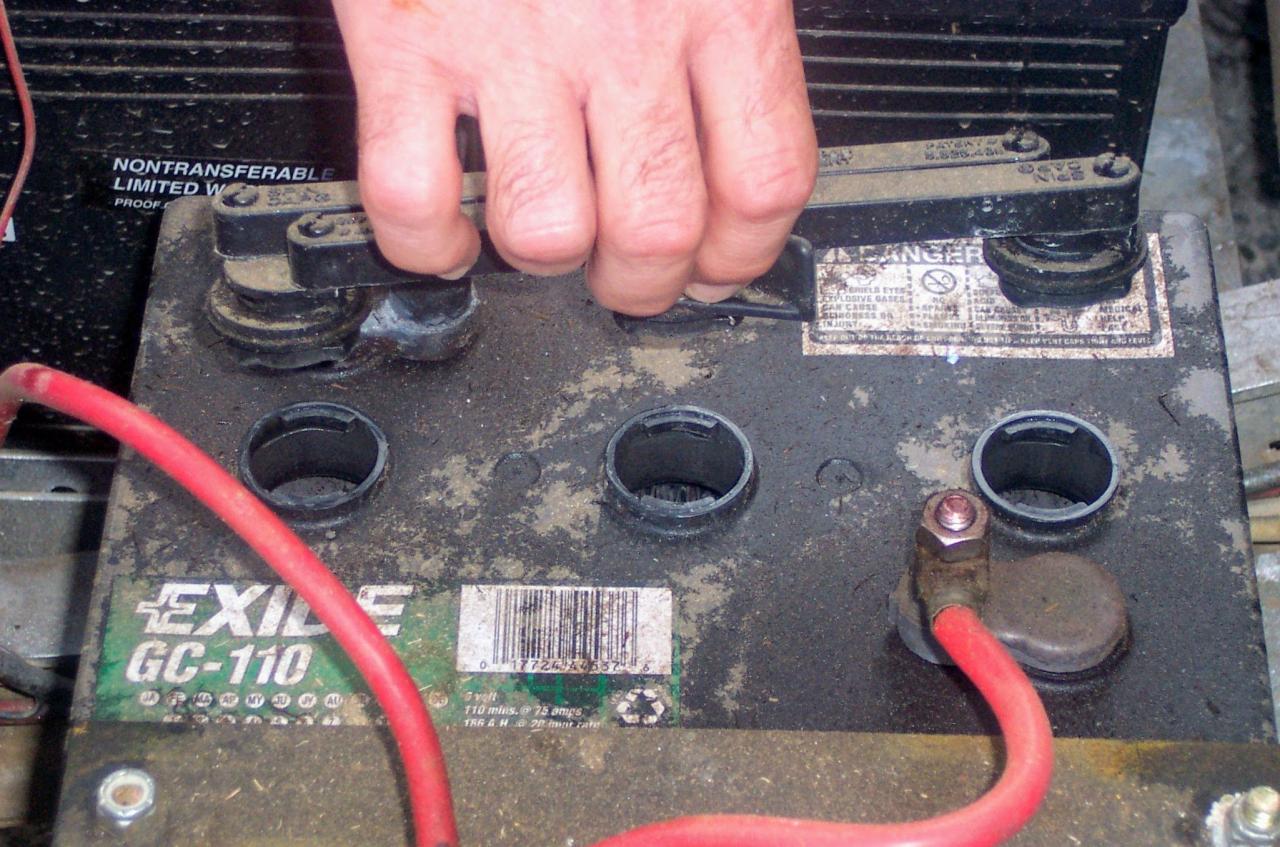
Maintaining 6-volt golf cart batteries is crucial for ensuring optimal performance and longevity. When issues arise, prompt troubleshooting and resolution are essential to prevent further damage and costly repairs.
Common problems associated with 6-volt golf cart batteries include:
- Weak or dead battery
- Reduced runtime
- Battery not charging
- Battery overheating
- Battery leaking or swelling
Diagnosing and Resolving Battery Issues
To diagnose and resolve battery issues, follow these steps:
- Inspect the battery terminals: Check for corrosion, loose connections, or damaged wires. Clean or tighten terminals as necessary.
- Measure battery voltage: Using a voltmeter, measure the voltage of each battery. A fully charged battery should read around 6.3 volts. A battery below 5.5 volts may need to be replaced.
- Load test the battery: Connect a load tester to the battery. A battery that drops below 5.0 volts under load may need to be replaced.
- Check the charging system: If the battery is not charging, check the charger, wiring, and connections. Ensure the charger is compatible with the battery and is delivering the correct voltage.
- Examine the battery case: Look for signs of swelling, leaking, or damage. A damaged battery should be replaced immediately.
Troubleshooting Guide, 6 volt golf cart battery
Here is a troubleshooting guide for common battery issues:
| Problem | Possible Causes | Solutions |
|---|---|---|
| Weak or dead battery | – Discharged battery – Loose or corroded terminals – Damaged wires |
– Charge the battery – Clean or tighten terminals – Replace damaged wires |
| Reduced runtime | – Battery capacity loss – Excessive load – Cold weather |
– Replace the battery – Reduce the load – Warm the battery before use |
| Battery not charging | – Faulty charger – Damaged wiring – Loose connections |
– Replace the charger – Repair or replace damaged wiring – Tighten loose connections |
| Battery overheating | – Excessive charging – High ambient temperature – Internal battery damage |
– Reduce charging time – Keep the battery cool – Replace the battery |
| Battery leaking or swelling | – Overcharging – Battery damage – Internal gas buildup |
– Stop charging the battery – Replace the battery – Ventilate the area |
Battery Replacement
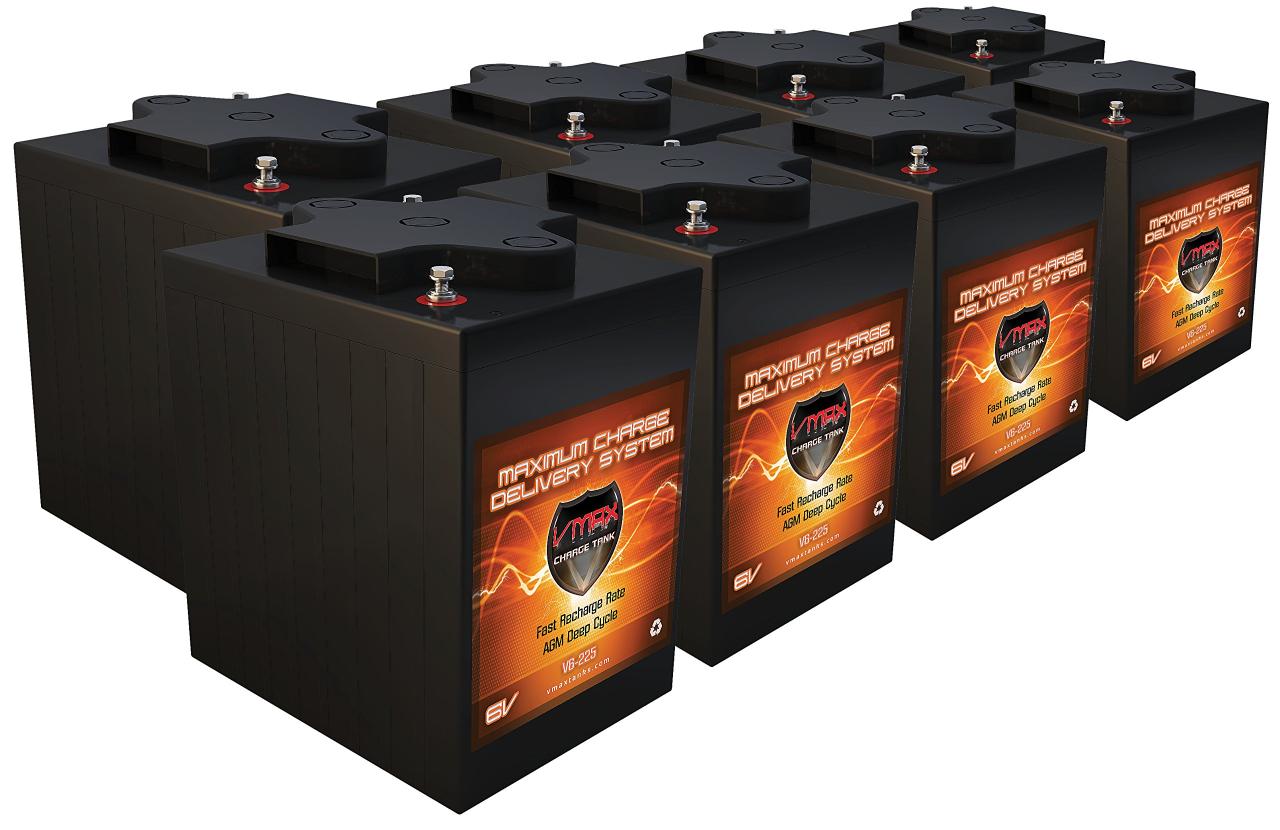
Replacing golf cart batteries is a crucial task that requires careful consideration and execution. Factors such as battery type, usage patterns, and maintenance history influence the replacement schedule and the selection of new batteries.
6 volt golf cart batteries are a great choice for powering your golf cart. They are reliable, durable, and provide plenty of power to get you around the course. If you are looking for a new battery for your golf cart, be sure to consider a 6 volt battery.
You can find more information about 6 volt golf cart batteries at Renoruma. 6 volt golf cart batteries are a great way to keep your golf cart running smoothly.
Factors to Consider
- Battery Type: Different battery types (e.g., lead-acid, lithium-ion) have varying lifespans and performance characteristics.
- Usage Patterns: Frequent or heavy usage accelerates battery degradation.
- Maintenance History: Proper maintenance, such as regular charging and watering, extends battery life.
Steps for Safe Battery Replacement
- Safety First: Wear protective gear and disconnect the battery cables before starting.
- Remove Old Batteries: Carefully remove the old batteries from the cart.
- Clean Battery Compartment: Clean any corrosion or debris from the battery compartment.
- Install New Batteries: Place the new batteries in the correct orientation and secure them.
- Reconnect Cables: Reconnect the battery cables to the terminals.
- Test and Charge: Test the batteries using a voltmeter and charge them fully before use.
Recommended Replacement Intervals
| Battery Type | Recommended Replacement Interval |
|---|---|
| Lead-Acid (Flooded) | 3-5 years |
| Lead-Acid (AGM) | 5-7 years |
| Lithium-Ion | 8-10 years |
Battery Safety

Handling 6-volt golf cart batteries requires utmost care due to potential hazards. Understanding these risks and adhering to safety precautions is crucial to prevent accidents and ensure personal safety.
Batteries contain hazardous materials, such as lead and sulfuric acid, which can cause severe burns, eye damage, and other health issues if mishandled. Additionally, batteries produce hydrogen gas during charging, which is highly flammable and can lead to explosions if not properly ventilated.
Safety Precautions
- Wear protective gear: Use gloves, safety glasses, and a rubber apron when handling batteries.
- Avoid contact with skin and eyes: Battery acid is corrosive and can cause severe burns. If contact occurs, immediately flush with plenty of water and seek medical attention.
- Ventilate the area: Charge batteries in a well-ventilated area to prevent the accumulation of hydrogen gas.
- Do not smoke or create sparks near batteries: Hydrogen gas is highly flammable and can ignite easily.
- Keep batteries upright: Batteries should always be stored and transported in an upright position to prevent acid leakage.
- Never connect or disconnect batteries while they are charging: This can create sparks and cause an explosion.
- Dispose of batteries properly: Lead-acid batteries contain hazardous materials and should be disposed of at an authorized recycling facility.
Epilogue
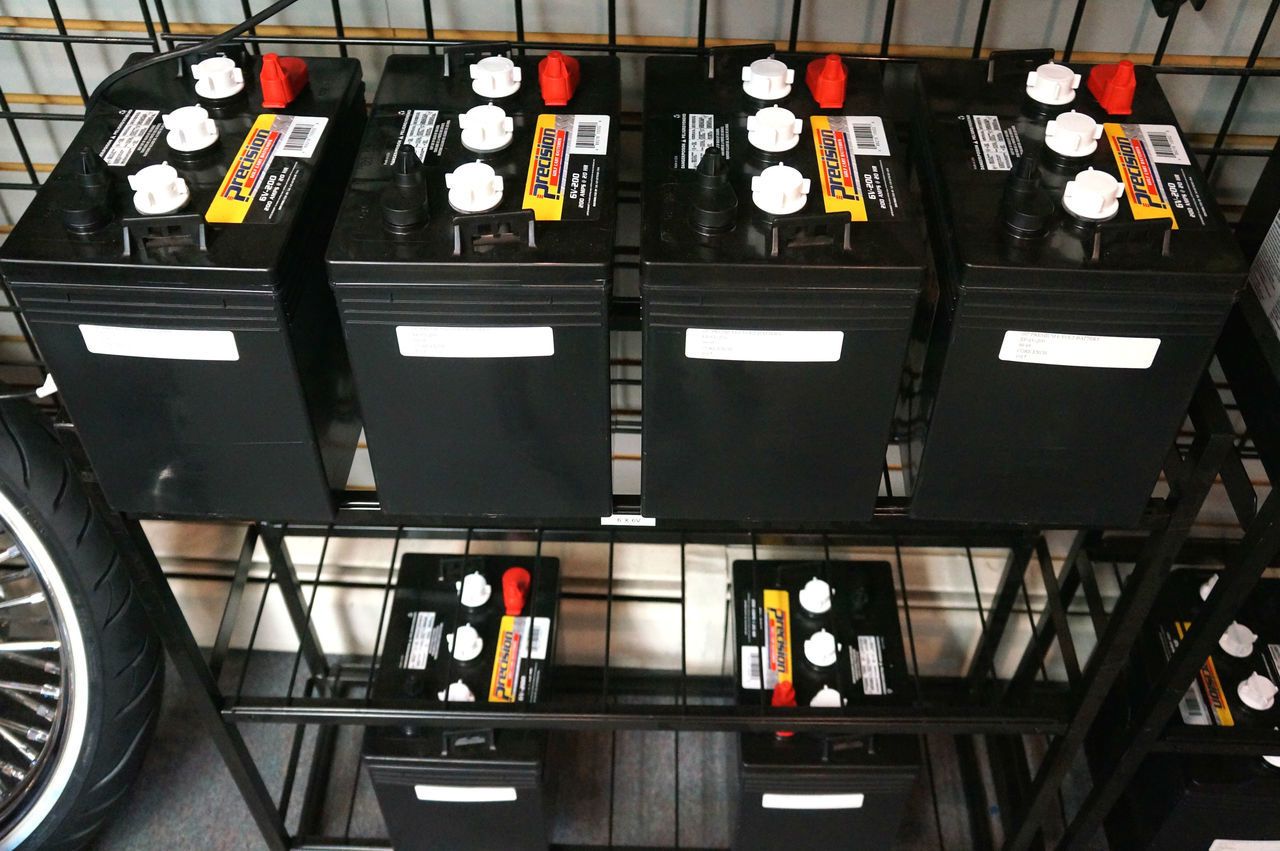
Mastering the ins and outs of 6-volt golf cart batteries empowers you to maintain optimal performance, extend their lifespan, and ensure a safe and enjoyable golfing experience. Remember, knowledge is power, and with this guide in hand, you’ll be well-equipped to keep your golf cart running smoothly for many rounds to come.
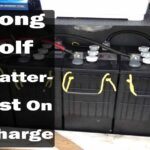

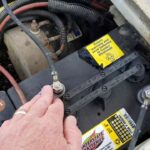




2 thoughts on “6 Volt Golf Cart Batteries: A Comprehensive Guide to Powering Your Ride”